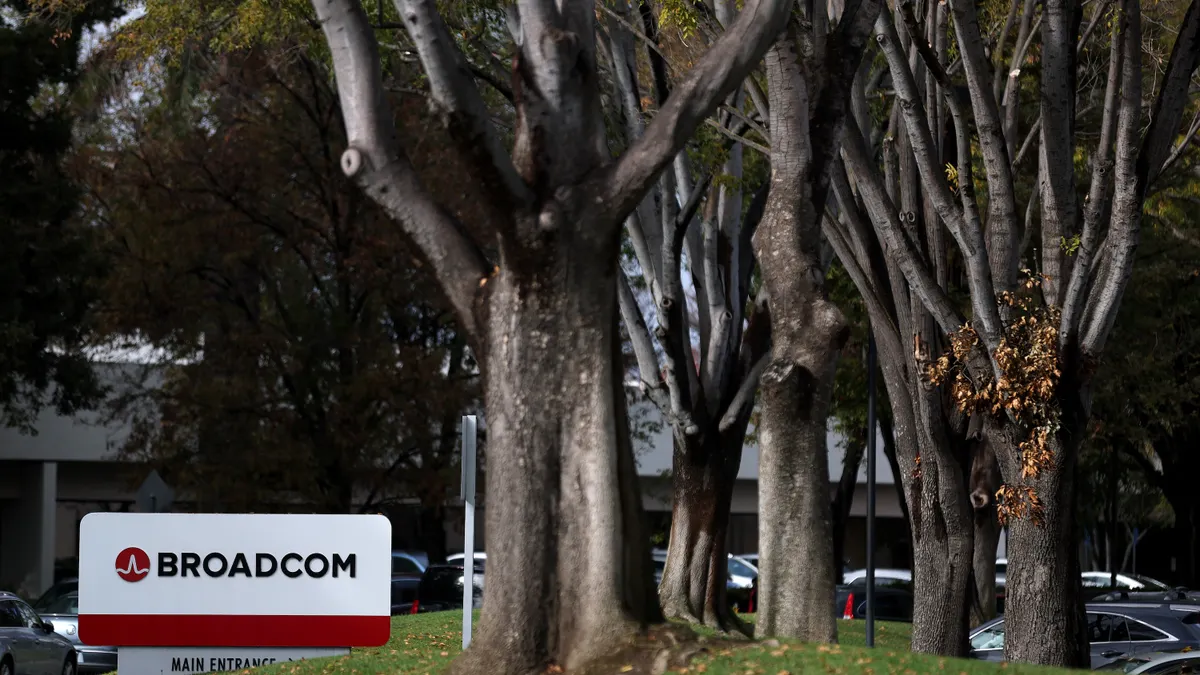For companies with mainframes lurking in the basement, it is well past time to make the transition to more advanced, often cloud-based, technology. But transitions don’t happen overnight. Organizations have to find ways to keep systems running efficiently, no matter their age, while budgeting and planning for the adoption of future technology, all issues that fall to the modern-day CIO.
In October, Gartner released its 2017 CIO Agenda survey and found CIOs are starting to shift investment strategies to create a more digital business. Gartner broke down its survey of 2,598 CIOs by those "top" companies who are digital transformation leaders, "typical" companies and "trailing performers."
Today, the typical CIO spends 18% of the budget on digitization, but by 2018 that number will increase to 28%, according to Gartner. The top performing companies, which are already spending 34% of their budget on digital efforts, are set to allocate 44% of their budget on going digital.
The increased focus on going digital adds weight to a CIO's burden. Budgets need to be created with room for day-to-day maintenance while also allowing for adjustments for the future.
Without that foresight, organizations could easily become outpaced by competition. And worst case scenario, CIOs could find themselves becoming obsolete.
IT 2.0
Analysts have continued to forecast the next generation of IT, or IT 2.0. With shifting business models, IT departments are more frequently relied upon to consult across lines of business, helping facilitate innovation through softer skills, like relationship management and engagement.
The idea of relying on IT to help as a consulting organization is an improvement from the concept of CIO’s and their organizations as being responsible for keeping the lights on.
About five or six years ago, there were conversations questions whether a CIO was the "plumber" or the "strategist," said Raechelle Clemmons, CIO at Davidson College.
But now, the conversation has shifted to question whether IT should serve as a service and support organization, or should its role be to drive digital transformation in an organization, Clemmons said.
The focus has turned to IT becoming the leader of digital transformation efforts, including everything from technology-enabled business models to creating more flexible work environments.
Maintaining human capital
Even with all the effort to digitally transform, there is an inherent tension between the past, or status quo, and future technology including either all the potential or complication it brings, depending on your view. But that tension can be eliminated if CIOs and IT organizations are conscious that the customer is their fellow employees.
"If you pay attention to the concerns and to the people — [making] a cognizant decision that you're going to focus on making sure that the IT that they have is valuable to the company — and you're going to help them move into more current technologies without having them worry about their jobs, then they're going to continue to work well as a team," said Warren Perlman, CIO of Ceridian.
Ceridian in particular has had a generational gap to contend with, especially after the company acquired Dayforce, a startup with a very different culture than Ceridian, a company that is more than 60 years old with some employees who have spent entire careers there.
"You've got a generational gap and a mix in there that you have to address and get them to work together and help them understand that we're doing all the right things, and do your very best to retain their intellectual capital," Perlman said. "They have stuff in their heads that we need to keep around and it's very important."
So in addition to taking stock of their systems, and what needs to change, CIOs need to make sure they are taking advantage of their human capital, preparing even the workforce for the digital age.
The future CIO
With the widespread use — and reliance on — technology, each corporate department can turn into an IT organization. That can leave CIOs in a lurch, as they are no longer the sole purveyors of technology in an organization.
That has led to the focus of CIOs leading by influence in the enterprise, setting precedent for how different departments implement technology.
As Clemmons sees it, the role of CIOs can evolve to become chief innovation officers for organizations.
"Especially in higher education — where there are serious questions about the viability of the business model, financial pressures, and shifting student demographics — CIOs are in the unique position of seeing across the institution and have an opportunity to drive digital transformation in an environment that hasn't always kept pace with other industries and businesses," she said in a follow up email.
"We can change that. We must change that, because if not the CIO, who will?"






















